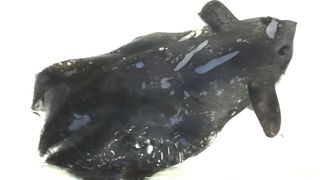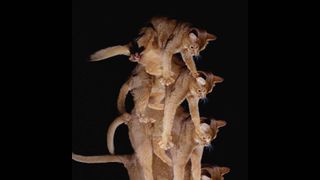Animals
Explore Animals
Editor's Picks
Latest about Animals
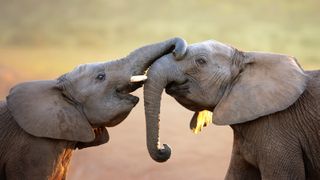
Elephants say 'hello' to friends by flapping their ears and making little rumbly noises
By Meg Duff published
Elephants use ear flaps, rumbles, trunk reaches and other forms of communication to greet peers, new research suggests.
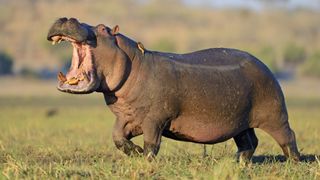
Is hippo milk really pink?
By Lydia Smith published
Hippos don't produce pink milk, but they do produce a pink, sweat-like secretion.
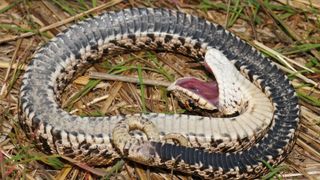
Dice snakes fake their own death, smearing themselves with blood and poop to make the performance extra convincing
By Richard Pallardy published
Dice snakes theatrically stage their own deaths, using blood and feces to convince predators they've shuffled off their mortal coils.

65 million-year-old cow relative looked like a chinchilla and weighed only a pound
By Patrick Pester published
Militocodon lydae, a mammal that looked like a chinchilla but is more closely related cows, roamed what is now Colorado after the nonavian dinosaurs went extinct.
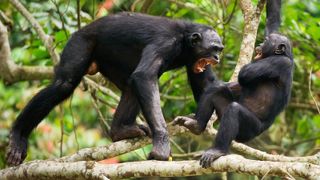
'Hostilities began in an extremely violent way': How chimp wars taught us murder and cruelty aren't just human traits
By Jessica Serra published
Can chimpanzees wage war? In this excerpt from "The Beast Within: Human as Animals," scientific researcher Jessica Serra looks at the dark side of our cousins' behavior.

T. rex was as smart as a crocodile, not an ape, according to study debunking controversial intelligence findings
By Hannah Loss published
A new study debunks previous findings that the dinosaur's intelligence was similar to that of primates, finding instead that they're about as smart as modern-day crocodiles.

Why do most mammals have 5 fingers?
By Katherine Irving published
The simple question of "why five" has puzzled scientists from multiple fields, and the answer still isn't entirely clear.

Why do dogs sniff each other's butts?
By Clarissa Brincat published
And like dogs, why do cats also sniff fellow felines' behinds?
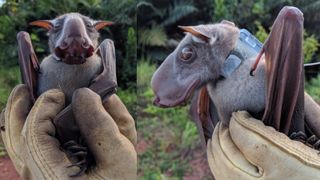
Hammer-headed bat: The African megabat that looks like a gargoyle and holds honking pageants
By Sascha Pare published
Hammer-headed bats are named after the males' oversized boxy heads, which evolved to amplify and project the honking sounds they produce to impress females during courtship displays.
Sign up for the Live Science daily newsletter now
Get the world’s most fascinating discoveries delivered straight to your inbox.

